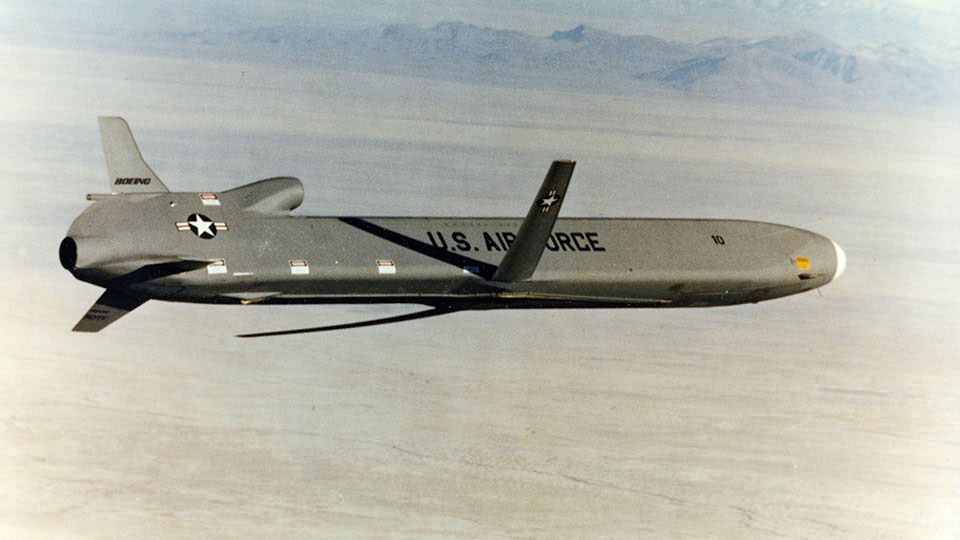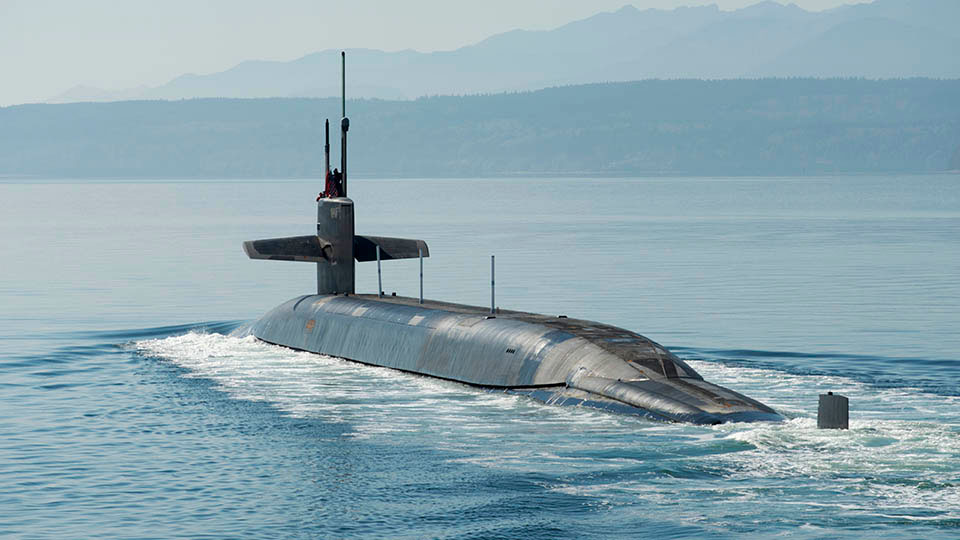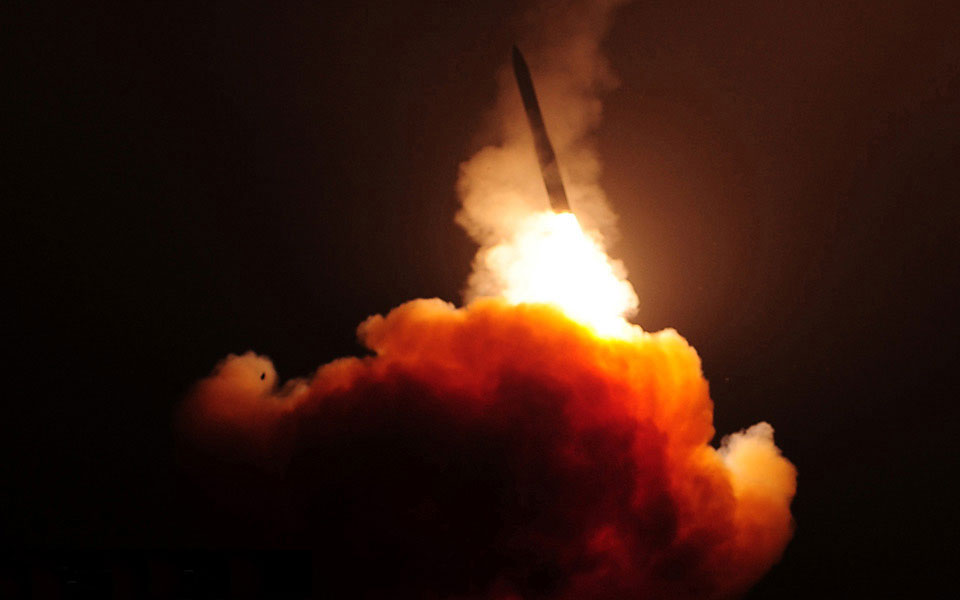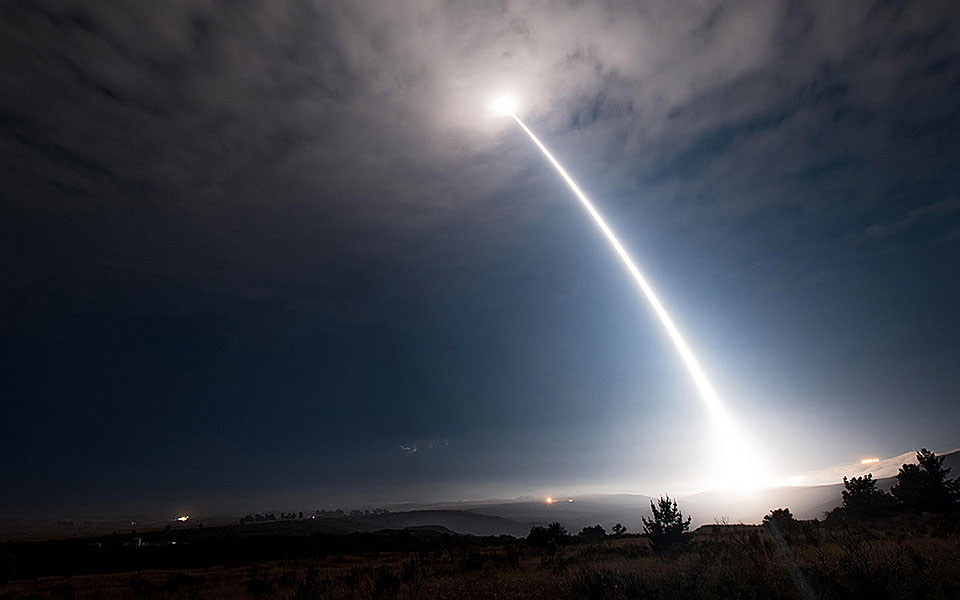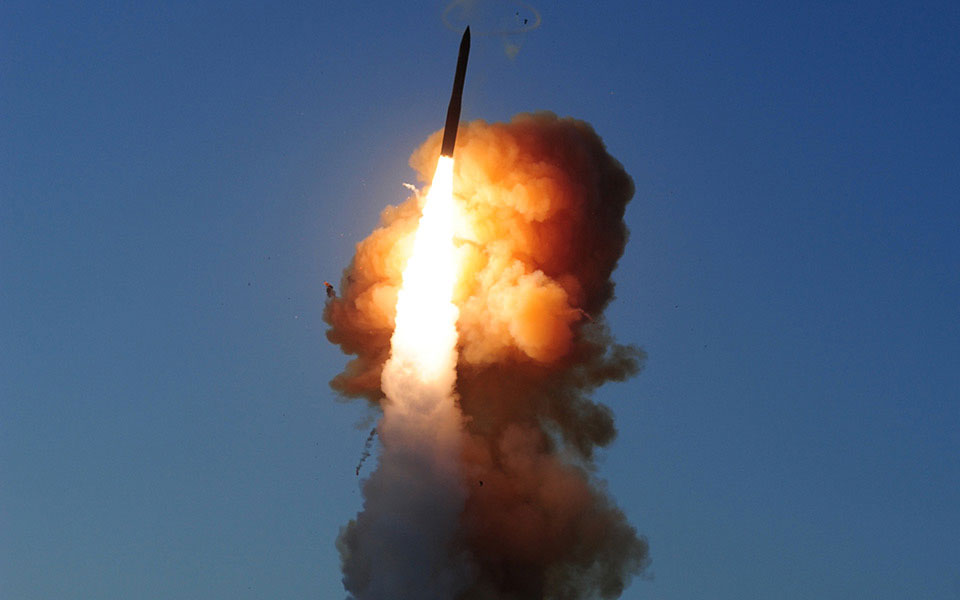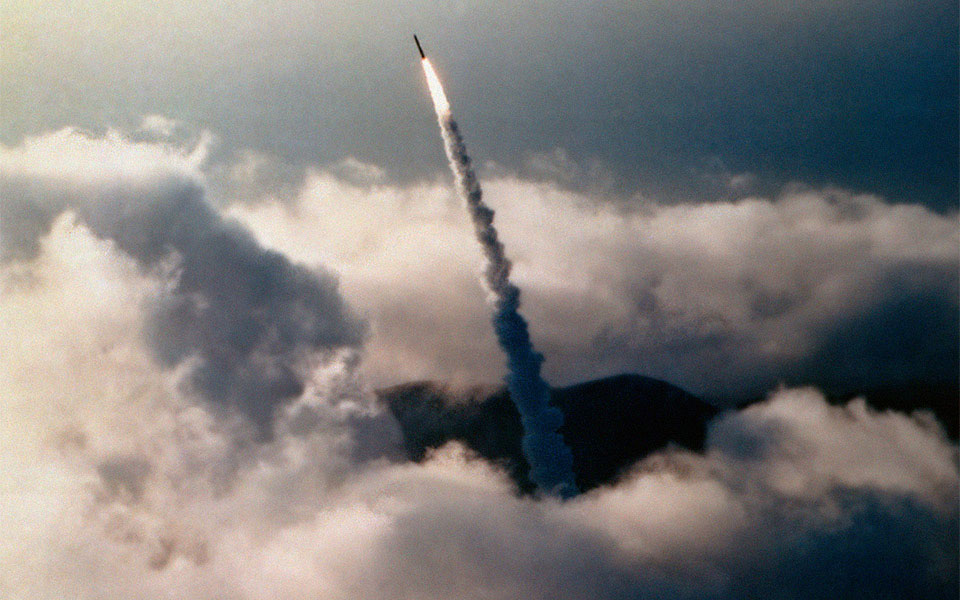Boeing is a foundational partner in our nation’s mission of strategic deterrence. For over 65 years, we have ensured the safety, security and effectiveness of the nuclear triad to deter large-scale conflict and promote peace through strength.
We’re committed to delivering ready deterrence capabilities today and focused on developing modernized solutions for the future.

